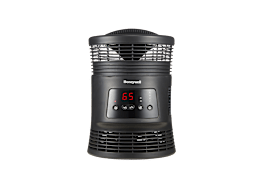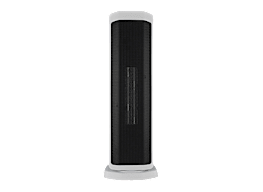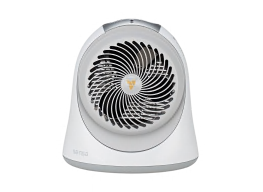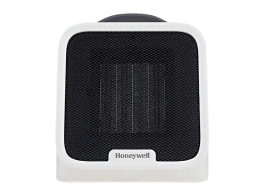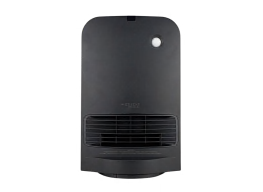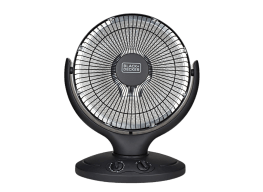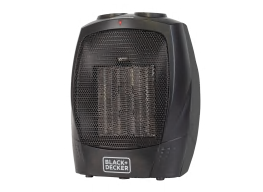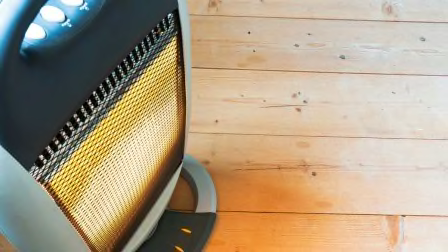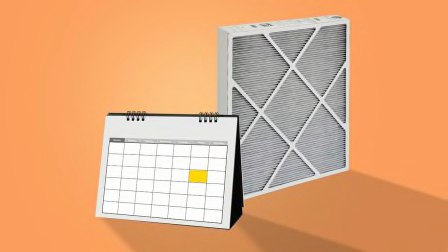How to Be Sure You're Using Your Space Heater Safely
Follow these critical safety tips if you use a portable space heater

Space heaters can provide extra warmth in a drafty room or chilly home office. But they can also pose a safety risk—no matter where you use them. Portable space heaters are responsible for 1,700 house fires a year, on average, according to the Consumer Product Safety Commission. Fires started by portable space heaters result in about 80 deaths annually.
If you rely on a portable heater for supplemental heat, it’s important to make space heater safety a priority. Following are tips for safe operation, along with safety features to look for when choosing a space heater. In our space heater ratings, we evaluate space heaters on several safety measures, including whether the model gets hot enough to ignite nearby materials, whether the surface gets so hot that it can cause a burn, and whether or not the model has a tip-over switch that turns the heater off when it is knocked over.
Space Heater Safety Tips
Nearly half of all home heating fires happen during the months of December, January, and February—and they’re often caused when a heater (typically an electric one) is placed too close to curtains, bedding, or upholstered furniture. Our experts, as well as the pros at the Association of Home Appliance Manufacturers and the National Fire Protection Agency offer the following safety tips:
- Place the heater on a hard, level, and nonflammable surface. These appliances are intended to sit on the floor, not on a table.
- Establish a 3-foot kid- and pet-free zone around the heater, and never put a space heater in a child’s room.
- Keep the space heater at least 3 feet away from combustible materials, such as furniture, bedding, and curtains. A taller heater may need to be even farther away.
- Don’t use a heater in a workshop or garage near flammable paints, gas cans, or matches.
- Turn it off when you leave the room or go to bed.
- Unplug the heater when it’s not in use by pulling the plug straight from the outlet. Check the cord for damage periodically, and don’t use the heater if the cord is frayed or worn.
- Don’t plug another electrical device or an extension cord into the same outlet as a heater—that can cause overheating.
- Install working smoke alarms on every level of your home and in every bedroom, and test them monthly.
CR's Space Heater Safety Tests
Safety is a critical aspect of our space heater tests. Each model undergoes a series of three tests to determine its potential for causing a fire. Results of those three tests—tip-over, overheat, and drape—are combined for our overall fire safety score.
Space Heater Safety Features
Certification: Make sure the heater you buy carries a safety certification label from an independent testing organization, such as the UL mark, the ETL label from Intertek, or certification from CSA International.
Shutoff features: A smart sensor that automatically shuts off a heater when it overheats is a must. You’ll also want a tip-over switch that does the same if the heater is knocked over.
Shock protection: If you’re using the space heater in a potentially damp area, look for a space heater equipped with an appliance leakage current interrupter (ALCI) plug. These bulky plugs—similar to those seen on hair dryers—safeguard against differences in current and can also protect against a dangerous electrical shock. Few space heaters have these plugs, however—only five of the more than 100 models currently in our space heater ratings offer this protection. (On our model pages, space heaters with any plug with a resettable circuit breaker are designated as having GFCI protection.) A GFCI outlet will also provide protection.
It’s worth noting that the Consumer Product Safety Commission does not recommend using portable electric space heaters in bathrooms, especially if they don’t meet specific standards and testing requirements. “Consumers should only use electric heaters that bear a marking of an accredited testing lab and never use a portable electric heater in a bathroom that isn’t intended for use there,” says Pamela Springs, a CPSC spokesperson. “The safety standard for portable heaters, ANSI/UL 1278, has tests for heaters intended to be used in bathrooms.”
A sturdy cord: Most space heaters come with a cord that’s 6 feet long. To prevent overheating, never use an extension cord or a power strip with an electric heater. And don’t cover the cord with an area rug or furniture, which could cause damage or overheating.

















